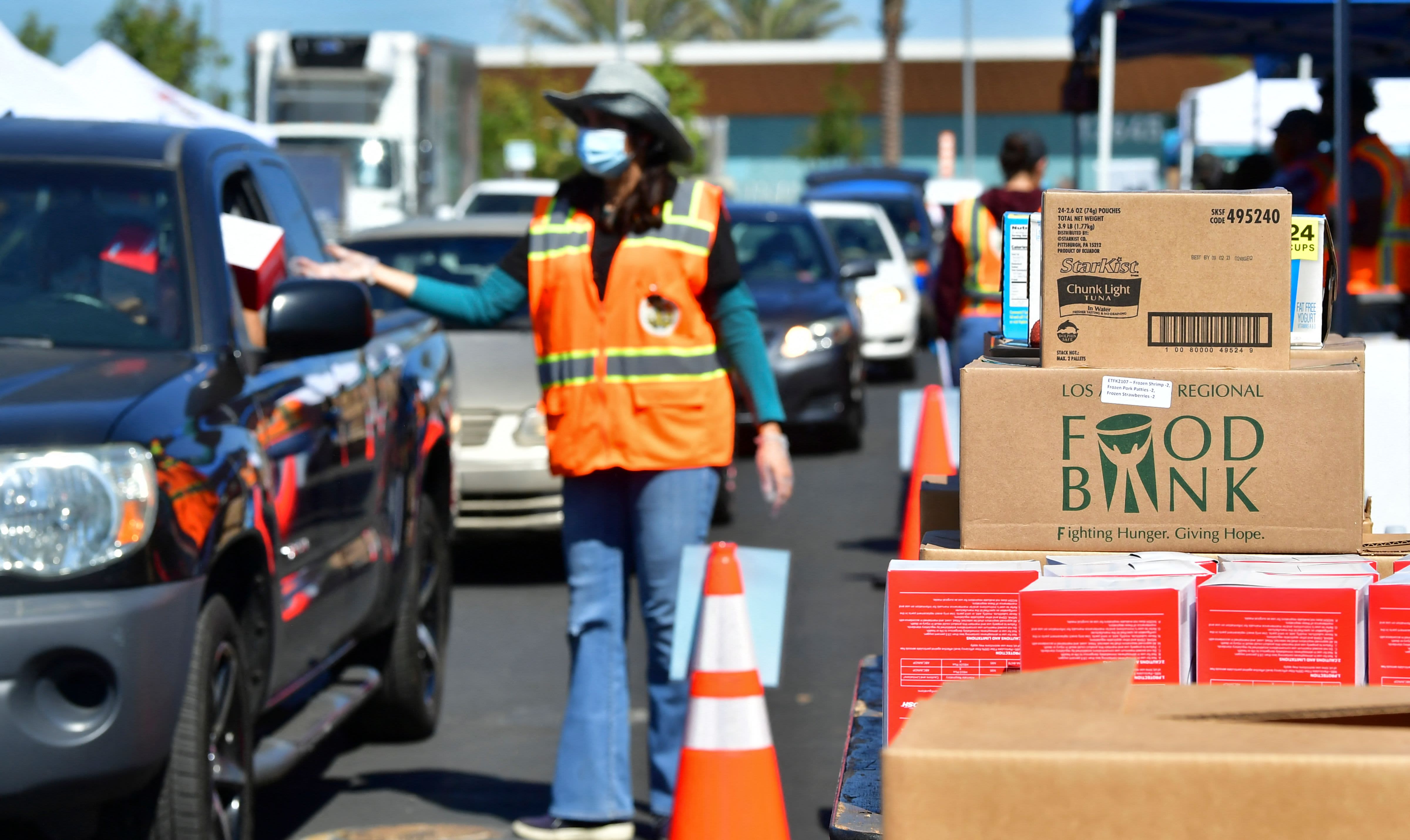The ongoing Covid-19 pandemic has pushed an additional 31 million people worldwide into dire poverty, reversing global progress on eliminating poverty by four years, according to the Bill and Melinda Gates Foundation’s fifth-annual Goalkeeper report published Monday.
The report — which examines global progress on vaccine access, reducing poverty and other health issues — also found the pandemic led to a major backsliding in routine childhood vaccination rates, widened the education gap between poor and rich nations and increased health inequities.
The 63-page report calls on world leaders to make long-term investments needed to develop and manufacture vaccines and enhance public health infrastructure, particularly in low-income countries, where many people were unable to avoid some of the worst impacts of the pandemic.
Covid has led to a “significant” reversal in a number of global health efforts, Gates Foundation CEO Mark Suzman said on a background call with reporters ahead of the release of the report.
“Instead of having tens of millions of people being brought out of extreme poverty,” 31 million more people are in extreme poverty, he said. “We see stagnation in progress on other indicators, from stunting and nutrition to some of the challenges in education.”
Covid, first detected in Wuhan, China in late 2019, brought global economic activity to a near-standstill, pushing a record number of people into unemployment, as governments implemented public health measures intended to slow the spread of the virus.
World health officials and medical experts fear the economic impact could worsen. Vaccination rates remain low in many parts of the world and new variants are emerging, causing more outbreaks and requiring nations to reinstitute public health measures.
About 5.5 billion Covid vaccine doses have been administered globally. However, 80% of them have gone to high- or upper-middle income countries, according to the World Health Organization.
The percentage of the global population living in extreme poverty, which is defined as living on $1.90 per day, has fallen from 37% to 9% over the last two decades. However, , the reduction in poverty levels has stalled and is likely to remain at current levels in the years ahead as the virus continues to circulate, according to the report.
Most of it will be seen in low-income countries, where less than 1% of Covid vaccine doses have been administered, Suzman said.
“With the majority of rich countries largely vaccinated, most of them will see a recovery to pre-crisis per capita income this year,” he said. “But by next year, two-thirds of developing countries will still be below their 2019 per capita … and some countries are going to face many more years before they return to 2019 levels.”
The vaccine inequities seen globally are a “profound moral outrage,” the report said, and raise the risk that high-income countries and communities will begin to treat Covid as another “epidemic of poverty” or “not our problem.”
The economic consequences of the pandemic will also slow progress toward gender equality — in both poor and wealthy nations — as women have been disproportionately affected by the crisis, according to Suzman.
“Of the jobs that have been lost [during the pandemic], 13 million more jobs globally have been lost to women than men,” he said on the call. “Women also bear the brunt of caregiving responsibilities across rich and poor world alike”
Aside from the economic consequences, the pandemic is likely to lead to more children getting sick or dying from diseases that were largely considered eradicated, Suzman added.
The report also said global rates for routine childhood vaccinations, such as malaria, fell last year by 7% to levels not seen since 2005. While grim, Suzman said the reduction in vaccination rates was not as low as the 14% drop the Institute for Health Metrics and Evaluation had predicted.
Suzman attributed the smaller-than-expected drop to several countries taking action shortly after the World Health Organization and other groups last year sounded the alarm on vaccination coverage.
In April 2020, the WHO warned that children across the world would die as the pandemic forced some countries to temporarily halt vaccinations for other deadly diseases.
It has been “quite impressive,” Suzman told reporters, referring to the 7% drop. “With something like vaccinations, it is something you can catch up on, that you miss a vaccination and you want to try and catch that child later.”
